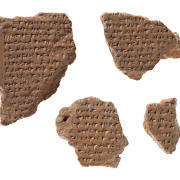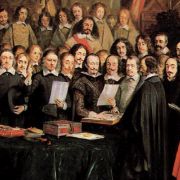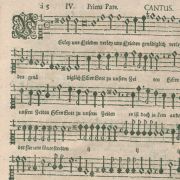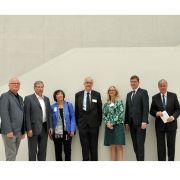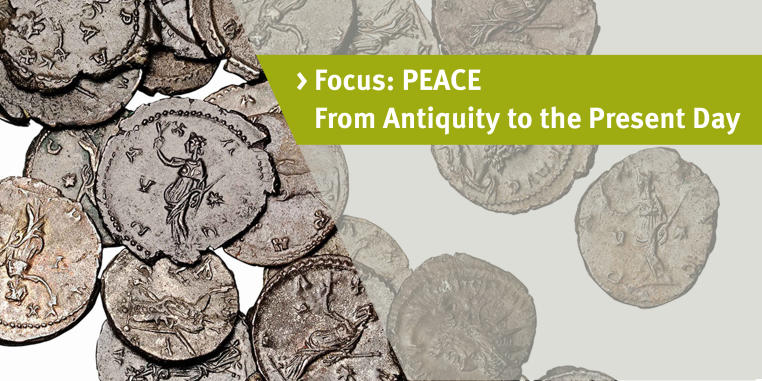
Peace. From Antiquity to the Present Day
How people have sought to establish and maintain peace since antiquity
People have always longed for peace, but they have never been able to maintain it in the long term. Drawing on many examples from European history, researchers at the Cluster of Excellence present the strategies, behavioural patterns and methods that people have used to establish and maintain peace from antiquity to the present day. For example, they focus in the multimedia dossier “Peace: From antiquity to the present day” on trust as a prerequisite for peace from the Middle Ages to the Cold War, on the oldest peace treaty in the world, on a philosophical critique of the current use of combat drones, and on the role of religious music in war and peace.
Many years of research at the Cluster of Excellence on the subject of peace gave rise to the idea and underlying concept behind the exhibition “Peace. From antiquity to the present day”, which presented a variety of exhibits at five locations in Münster, the city of the Peace of Westphalia, from 28 April to 2 September 2018. Internationally recognised researchers addressed the subject of peace in 21 presentations at the Cluster of Excellence’s public conference in Münster, “Peace: Theories, images and strategies from antiquity to the present day”, from 22 to 25 May 2018.



